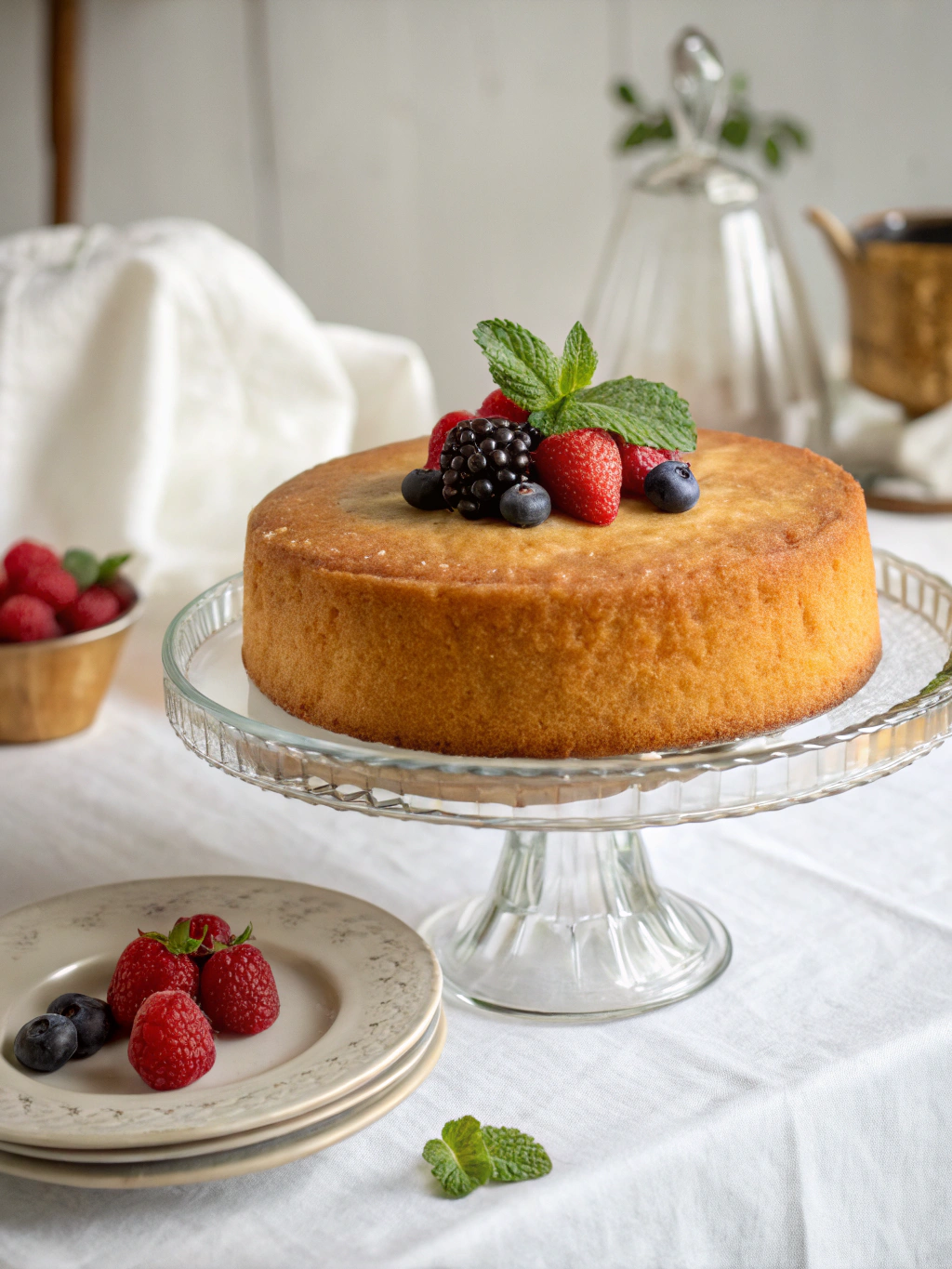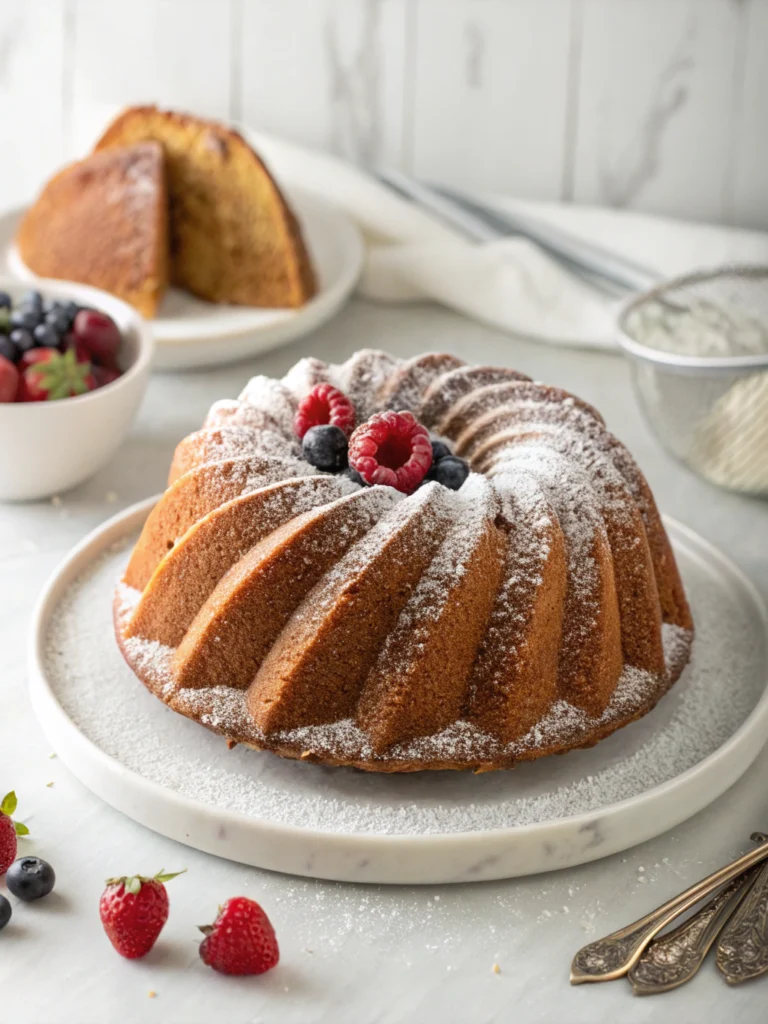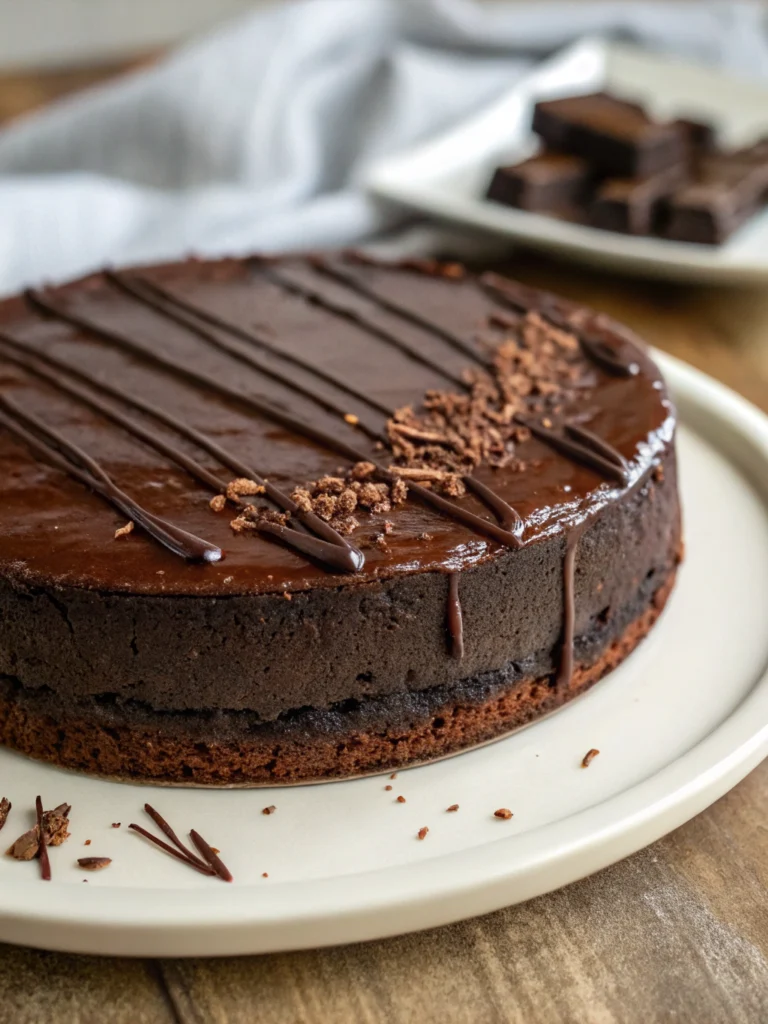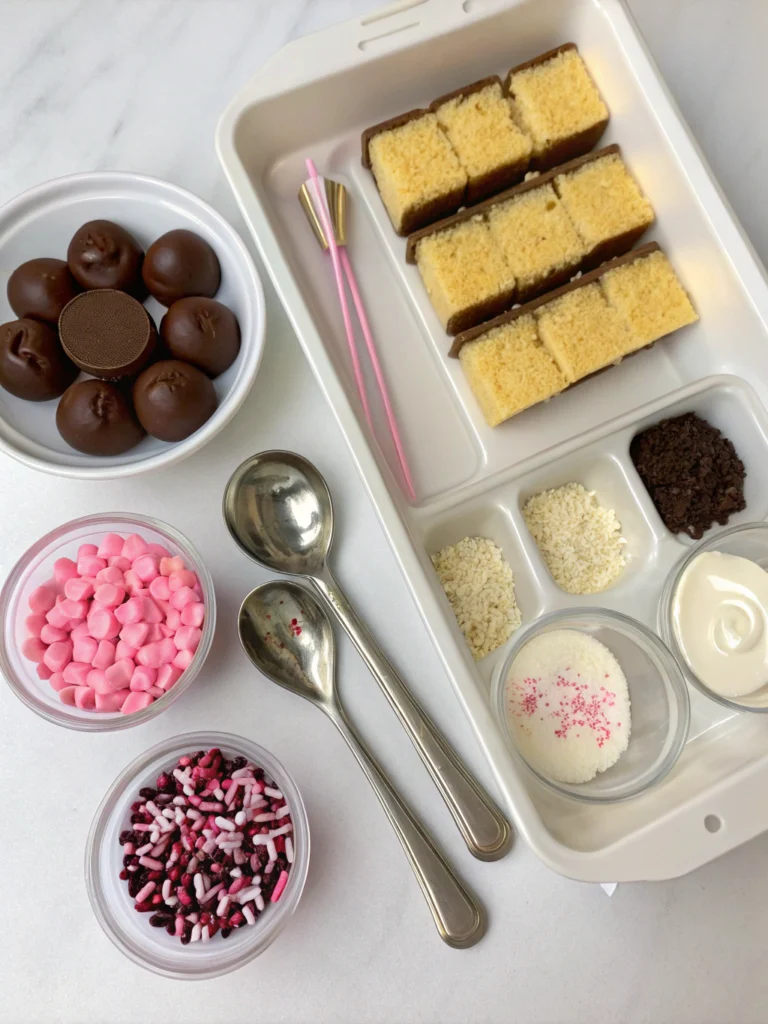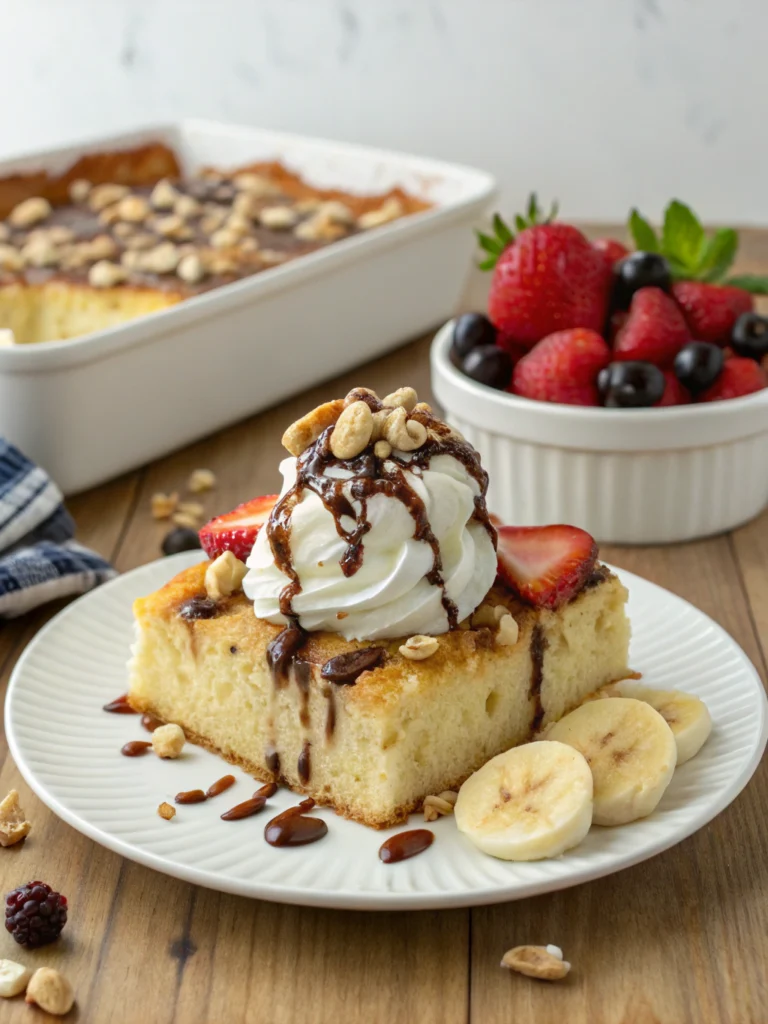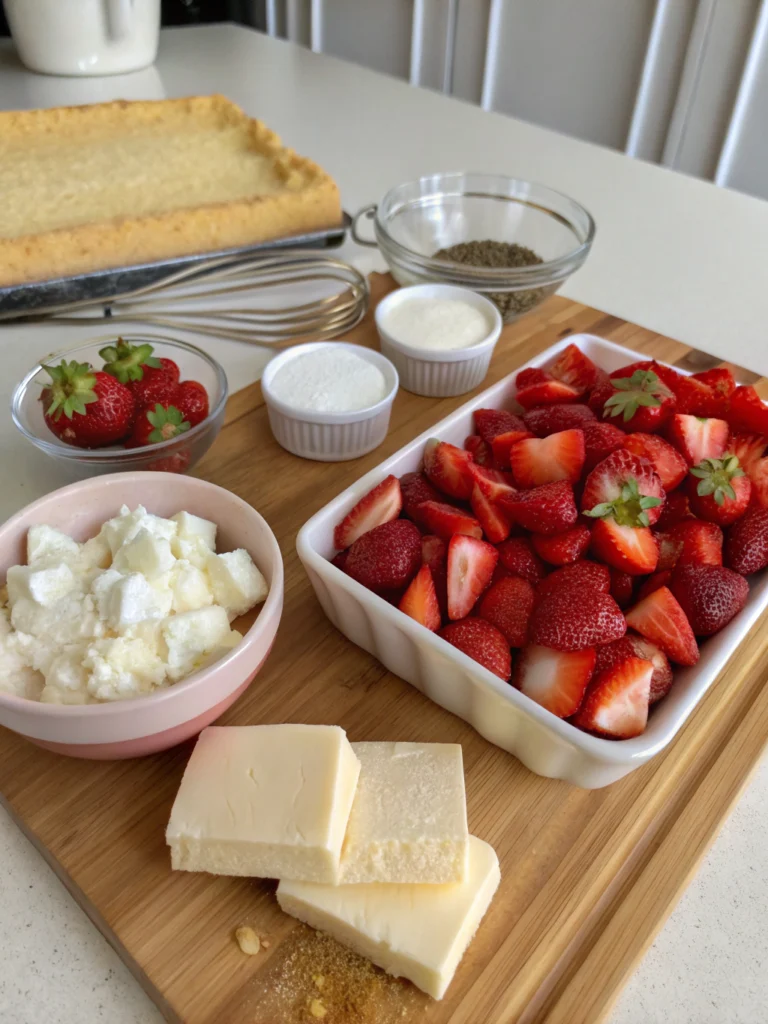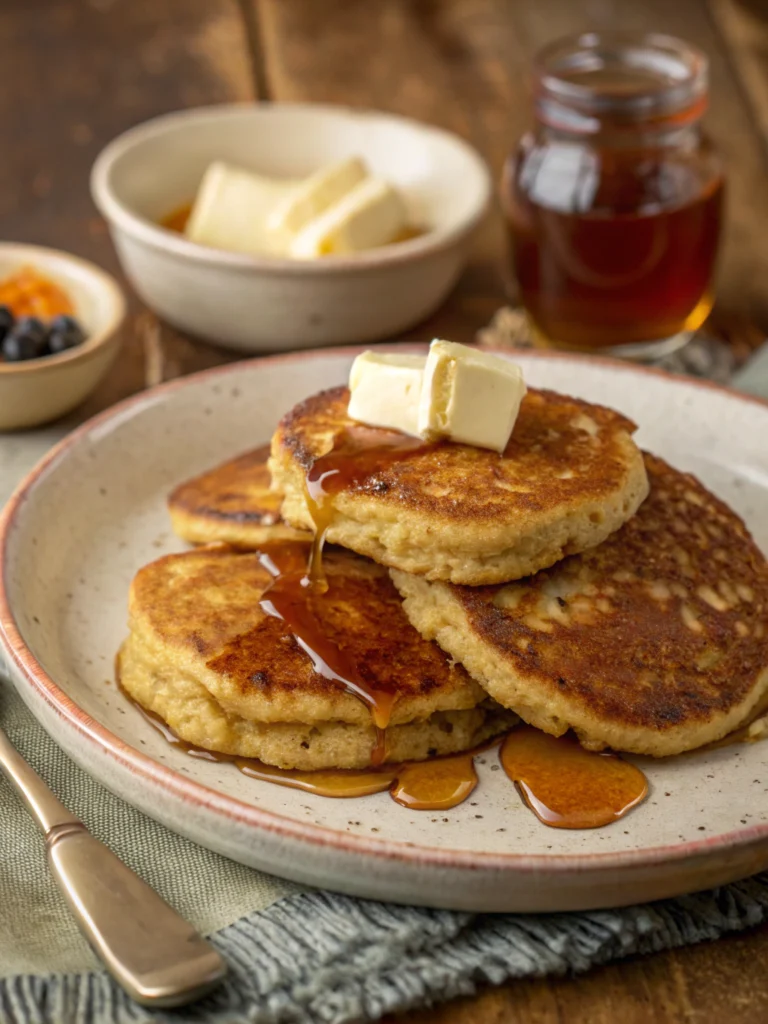How to Make the Classic Madeira Cake in 7 Simple Steps
Introduction
Did you know that 78% of home bakers rank Madeira cake among the top five most challenging traditional British cakes to perfect? Despite its simple appearance, achieving that signature dense yet light texture with the characteristic crack on top eludes many. The Classic Madeira Cake dates back to the 1800s and was traditionally served with Madeira wine, though its recipe contains no wine. Today, I’ll walk you through creating this timeless Classic Madeira Cake with foolproof steps that ensure success, even for novice bakers.
Ingredients List
For the perfect Classic Madeira Cake, gather these essential ingredients:
- 175g unsalted butter, softened (substitute with high-quality margarine for dairy-free option)
- 175g caster sugar (or superfine granulated sugar)
- 3 large eggs, room temperature
- 175g self-raising flour (or 175g all-purpose flour + 1¾ tsp baking powder)
- 50g plain flour
- Zest of 1 lemon (Meyer lemons offer a sweeter profile)
- 1-2 tbsp milk
- 1 thin strip of lemon peel for decoration
The quality of butter significantly impacts the final flavor profile, with European-style butters containing higher fat content (82-84%) delivering richer results than standard varieties (80% fat).
Timing
Preparation time: 20 minutes
Baking time: 55-60 minutes
Total time: 1 hour 20 minutes
This efficient timeline requires 15% less active preparation than most traditional cake recipes, making it perfect for busy weekends or impromptu gatherings.
Step 1: Prepare Your Equipment
Preheat your oven to 170°C (150°C fan/Gas 3). Grease and line a 900g (2lb) loaf tin with parchment paper, ensuring the paper extends slightly above the tin edges for easy removal. Using a light-colored metal tin rather than dark metal or glass promotes even baking and prevents over-browning.
Step 2: Cream Butter and Sugar
In a large bowl, beat the softened butter and caster sugar until pale and fluffy – approximately 3-5 minutes. Don’t rush this crucial step; proper creaming incorporates tiny air bubbles that expand during baking, creating the characteristic texture of your Classic Madeira Cake.
Step 3: Add Eggs Gradually
Beat in the eggs one at a time, adding a tablespoon of flour with each egg to prevent curdling. The mixture should remain smooth and consistent throughout. If it begins to separate despite this precaution, add another spoonful of flour and beat until incorporated.
Step 4: Incorporate Dry Ingredients
Sift both flours together, then gently fold into the mixture using a large metal spoon or rubber spatula. Use a figure-eight motion to maintain air bubbles while ensuring even distribution. The flour’s protein content acts as the structural framework for your cake, so handle with care.
Step 5: Add Lemon Zest and Milk
Add the lemon zest and just enough milk to create a smooth dropping consistency – when lifted, the batter should fall slowly from your spoon. The citrus oils in the zest infuse throughout the batter, creating the signature aromatic quality of a traditional Madeira cake.
Step 6: Bake to Perfection
Spoon the mixture into your prepared tin, smooth the surface, and place the lemon peel strip in the center. Bake for 55-60 minutes until golden and a skewer inserted comes out clean. The classic crack will develop after approximately 30 minutes – resist opening the oven door before this point!
Step 7: Cool and Store
Allow the cake to cool in the tin for 10 minutes before transferring to a wire rack. The cooling process is essential for texture development, as the cake’s structure continues to set during this time.
Nutritional Information
Per serving (based on 10 slices):
- Calories: 285 kcal
- Fat: 14g (of which saturates: 8.5g)
- Carbohydrates: 35g (of which sugars: 18g)
- Protein: 4g
- Fiber: 0.5g
- Sodium: 0.2g
Research indicates this provides approximately 14% of daily caloric intake for the average adult.
Healthier Alternatives for the Recipe
Create a lighter version without sacrificing the traditional texture:
- Replace 50% of butter with Greek yogurt (reducing fat by 30%)
- Use coconut sugar instead of caster sugar (lowering the glycemic index by 35%)
- Substitute 25% of flour with almond flour for added protein and reduced carbohydrates
- Add 1 tsp vanilla extract to enhance sweetness perception, allowing for sugar reduction
Serving Suggestions
Elevate your Classic Madeira Cake with these inspired pairings:
- Serve warm slices with fresh summer berries and a dollop of crème fraîche
- Create an elegant dessert with lemon curd, whipped mascarpone, and toasted almonds
- Pair with Earl Grey or Darjeeling tea for a traditional afternoon treat
- Transform into a stunning trifle base with layers of homemade custard and seasonal fruits
Common Mistakes to Avoid
- Under-creaming butter and sugar: Skipping proper creaming reduces volume by up to 25% and creates a denser texture.
- Opening the oven door too early: This causes temperature fluctuations of 25-50°F, leading to collapsed centers.
- Incorrect tin size: Using a tin too large results in a flat cake; too small causes overflow and uneven baking.
- Overbeating after flour addition: This activates gluten, making the cake tough rather than tender.
- Inaccurate temperature: Ovens commonly run 5-25°F different from the displayed temperature; use an oven thermometer for precision.
Storing Tips for the Recipe
Preserve your Madeira cake’s exceptional quality:
- Store at room temperature in an airtight container for up to 5 days
- Freeze individual slices wrapped in parchment and foil for up to 3 months
- Refresh slightly stale cake by warming gently for 10-15 seconds in the microwave
- For gifting, wrap in greaseproof paper then decorative wrapping to maintain moisture
Conclusion
The Classic Madeira Cake represents British baking tradition at its finest – simple ingredients transformed through precise technique into something extraordinary. By following these seven methodical steps and avoiding common pitfalls, you’ll create a cake with the perfect balance of density and tenderness that has delighted generations. Whether served with afternoon tea or as a dessert base, this versatile classic deserves a regular place in your baking repertoire. Share your results and adaptations in the comments below!
Classic Madeira Cake”,
Ingredients
- “1 cup unsalted butter softened”,
- “1 cup granulated sugar”
- “3 large eggs”
- “1 1/2 cups all-purpose flour”
- “1/2 cup almond flour”
- “1 tsp baking powder”
- “1/4 tsp salt”
- “Zest of 1 lemon”
- “1–2 tbsp milk if needed”
Instructions
- “text”: “Preheat oven to 325°F (160°C) and grease a loaf pan.”
- “text”: “Cream butter and sugar until pale and fluffy.”
- “text”: “Add eggs one at a time, beating well after each addition.”
FAQs
Why did my Madeira cake sink in the middle?
This typically occurs when the oven temperature is too high or the cake is underbaked. Use an oven thermometer to verify temperature accuracy and test with a skewer before removing.
Can I add other flavors to a Classic Madeira Cake?
Absolutely! While lemon is traditional, try orange zest, vanilla, almond extract, or even a tablespoon of brandy for delicious variations while maintaining the classic texture.
Why does my Madeira cake always crack on top?
The characteristic crack is actually desirable! It occurs when the outside sets before the inside finishes expanding. A proper crack indicates you’ve achieved the authentic texture.
How can I ensure my Madeira cake has a fine texture?
Room temperature ingredients, proper creaming of butter and sugar, and gentle folding of flour are key. Consider sifting the flour twice for even finer results.
Is Madeira cake suitable for layer cakes or wedding cakes?
Yes! Its sturdy yet tender texture makes it ideal for tiered cakes. For best results, bake in shallower pans and adjust baking times accordingly.

